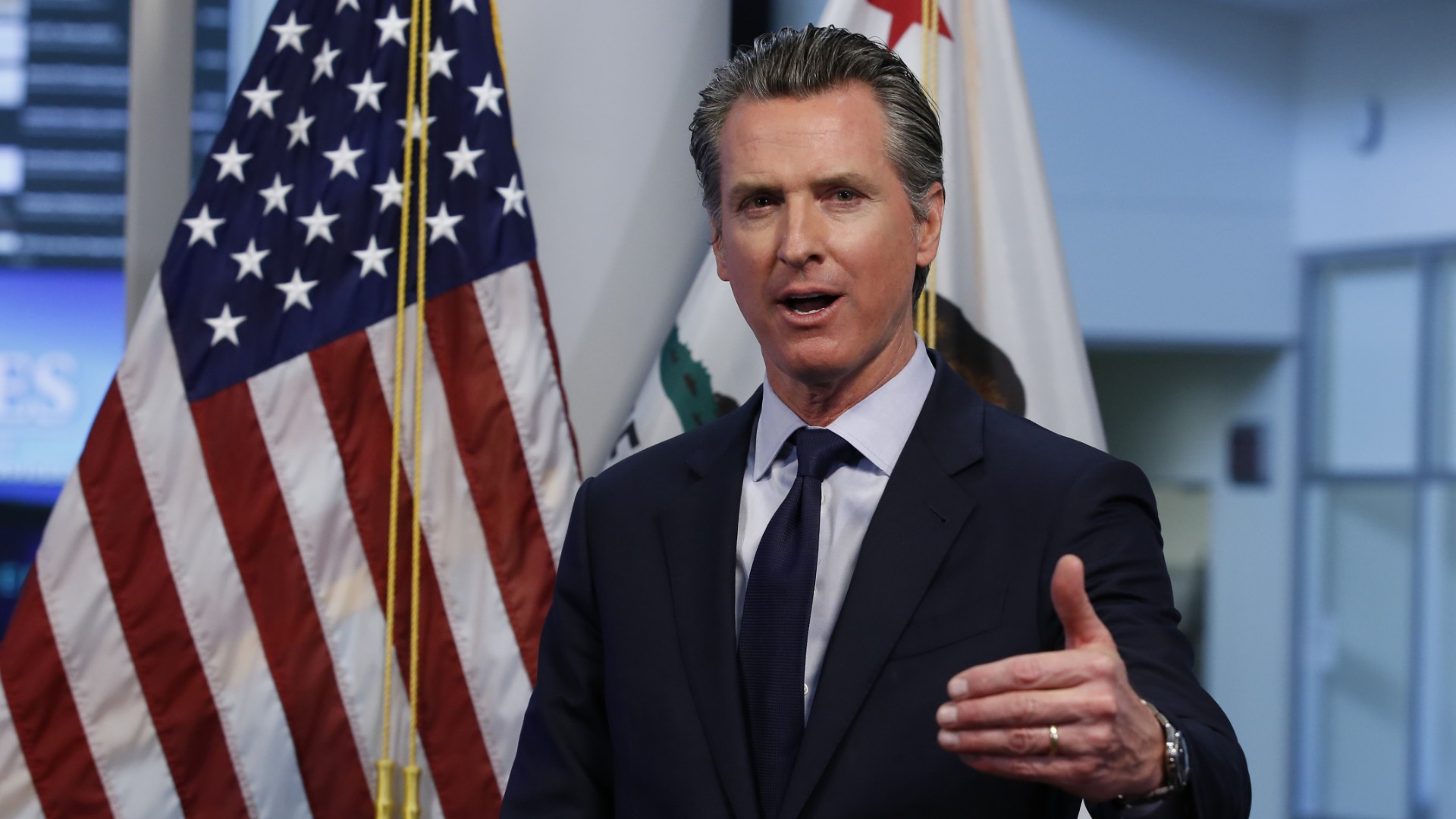PG&E now admits to state regulators that it failed to carry out promised safety inspections on more than 50,000 power poles in high fire risk areas last year, more than 3,000 in areas of extreme fire risk, NBC Bay Area’s Investigative Unit has learned.
In a May 7 self-report notice to state regulators, the company outlines apparent missteps in its regulatorily mandated program to inspect power poles for damage that can start wildfires. One of the 2017 North Bay wildfires was sparked when such a damaged pole – weakened by a woodpecker nest --- snapped off in high winds. The Sulphur Fire near Clearlake destroyed 150 homes.
The revelation about the missed or what the company calls “incomplete” inspections came after an anonymous tip to a company hotline triggered a review
“Even when they say that this is a priority, they are not executing it,” said former CPUC commissioner Catherine Sandoval about the breakdowns PG&E outlined to state regulators.
Get a weekly recap of the latest San Francisco Bay Area housing news. Sign up for NBC Bay Area’s Housing Deconstructed newsletter.
“That is crazy bad management,” she added, showing the company is still “unable to do basic things like assess the safety and soundness of its infrastructure assets.”
Although the company now admits it failed to do promised 2020 inspections, it sought to assure regulators about safety because of the mass inspections it had done the previous year. Those inspections, done by drone, followed the November 2018 Camp fire that left 85 people dead and destroyed the town of Paradise.
But the “find it and fix it” effort -- spanning 700,000 power poles and other electrical structures – wasn’t enough to satisfy state requirements for full pole inspections mandated by law every five years, the company now says. One reason was that the program did not require inspectors to pass a test on company standards, PG&E said.
California
The company noted that it had separately promised full inspections in high risk areas under its wildfire mitigation plan.
It is doing the promised and required inspections now, the company says. It sought to assure regulators that the “inspection gap” does not “pose a significant safety threat.” The utility company promises to have the full checks done in high fire risk areas by the end of July, the traditional beginning of peak fire season. But officials fear the peak risk may come sooner this year, due to the state’s extreme drought.
Sandoval said she was most surprised to learn that the promised inspections were not carried out last year, even after a top company official ordered it in time to meet the deadline. PG&E said the order went unheeded due to a “breakdown in communication.’’
“This is more than poor communication, it’s basic management,” Sandoval said. “PG&E says, ‘Well this is a compliance issue, not really a safety issue.’ Okay, but how do you know it’s not really a safety issue, because you didn’t inspect them?”



